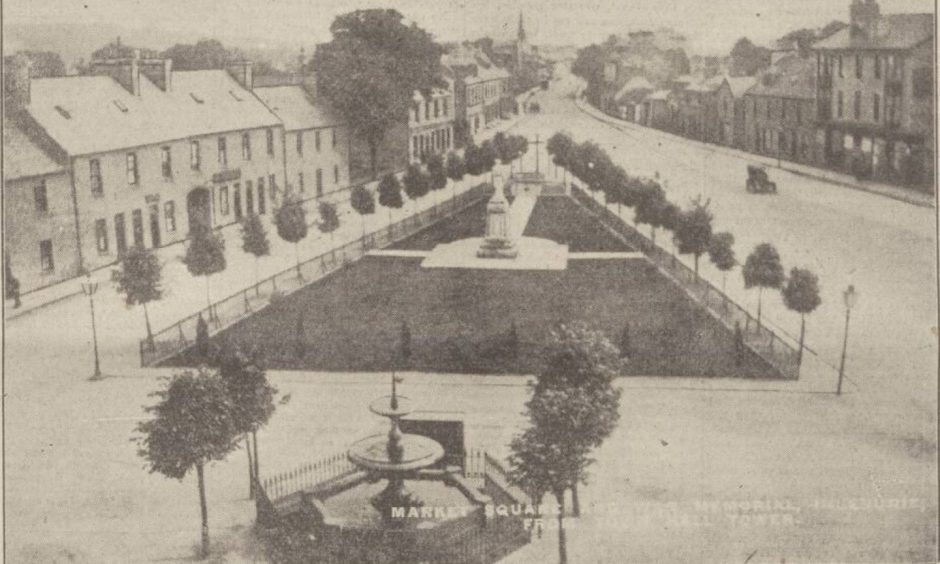
Tucked away behind a small late 1960s housing estate in Inverurie, you’ll find a very large, very old ornamental fountain.
This decaying granite monument from the Victorian era stands tall, yet at odds with its more modern surroundings at Davah Court.
But this forgotten fountain, paid for by Inverurie townsfolk in the late 1800s, marked an important moment in the town’s history.
Fountain was relic from the industrial age in Inverurie
Back in the 1870s, much of Inverurie’s water supply came from public and private wells scattered throughout the town.
Like many communities in the Victorian era, the industrial revolution created growth.
The Aberdeenshire Canal, running between Port Elphinstone and Aberdeen harbour, brought more trade and people.
Old town centre buildings and houses were being replaced with new ones.
But there was a dire lack of sanitation and sewage systems.
Provost John Annand oversaw lots of change
When hotel-keeper John Annand became Inverurie town provost in 1870 he knew things had to change.
A Kintore native, Annand came to Inverurie as a young man in connection with the passenger service on the canal.
Latterly he was proprietor of the Kintore Arms Hotel and master of post-horses used by mail carriers.
But at one point he conducted the Banks of Don stagecoach “which ran ‘twixt Inverurie and Aberdeen”, and was tenant of the farm at Upper Boat.
Ultimately he was a businessman, and had been involved in Inverurie Town Council since 1859 serving as Dean of Guild and Baillie.
Tenacious provost pushed for sanitation and water supply for Inverurie
Provost Annand’s biggest achievement as provost was persuading residents that Inverurie was in dire need of both an underground sewage system and water supply.
He faced “a certain amount of opposition” from those living in the burgh who felt their private wells were ample, and didn’t want to pay increased rates.
But he “quietly and firmly” addressed the nay-sayers.
By 1879, Inverurie had sanitation and a running water supply from Keithhall, at the cost of nearly £6000 (approximately £632,573 in today’s money).
It was described as “a considerable outlay for a town of the size of Inverurie”, but one that everyone acknowledged was worth it.
The successful completion of Inverurie’s new water scheme was to be celebrated with the installation of a drinking fountain.
Russian gun was deemed inappropriate in town centre
It was felt the ideal site for a new civic monument would be in front of the town hall.
The space earmarked for the fountain had, up until early 1879, been occupied by a Russian cannon, an old Crimean War trophy.
However, it was removed from the town square at a time when Britain was locked in an escalating and acrimonious power struggle with Russia.
Rivalry between the two empires grew as each wanted to expand into Central Asia.
The cannon was instead moved to a more conspicuous location away from public gaze outside the Volunteer Drill Hall in Jackson Street.
The gun was hauled from the square by a traction engine, and “the novel appearance of the one-gun steam battery of artillery, manned by a crowd of boys, caused much interest as it moved along the streets”.
In its place, a handsome drinking fountain, paid for through public donations, soon began to take shape.
Aberdeen granite merchant designed and carved huge civic monument
The lower basin of the fountain, stretching 17-feet in diameter, took the shape of a hexagon.
Built of “finely-axed” Kemnay granite, each of the six corners was a “beautifully carved” stone, on which it was intended in the future to place six flower vases.
From the centre rose a pedestal of polished Peterhead granite, standing 3ft 4 inches tall and 7ft 4in wide.
It supported the upper basin, carved from the same granite, which was 3ft 9in wide.
The whole monument stood about 15ft tall and was “beautifully finished with a brass jet”.
The fountain was enclosed with an iron railing with two lamp-post supports on a granite base.
Outside the railing there was a stone trough for cattle and horses, and a drinking jet.
Crowds cheered when ‘beautiful and ornamental’ fountain was unveiled
The completed fountain was switched on during a public ceremony on November 1 1879.
Mr Keith of King Street in Aberdeen was credited for designing and executing the fountain.
Unveiling it was to be Annand’s final civic act before his retirement.
He thanked those who “contributed so liberally towards the cost of erecting so beautiful and ornamental a fountain”.
Provost Annand also expressed the great pleasure it afforded him to be able to complete the work, and asked his wife to turn on the water.
The rush of water was met with a cheer from the crowd.
After the ceremony, the provost entertained dignitaries with cake and wine in the town hall.
Fountain was a landmark for more than 70 years
Sadly little over a year later, Annand died suddenly of a lung complaint.
The ornamental fountain served as a reminder of his “shrewd common sense” and “lively interest in everything affecting the welfare of the burgh” in bringing sanitation to Inverurie.
As the years passed, the fountain formed an attractive vista in Market Place surrounded by trees with the town hall as a back drop.
It was a meeting place and a watering hole for man and beast.
In February 1912 the fountain made the headlines, photograph and all, when it completely froze in spectacular fashion during temperatures of nearly -18C.
When the First World War came and went, the town centre changed again when the war memorial and garden was established.
By the end of the Second World War, the railings had long gone for the war effort, and the fountain’s days were numbered too.
Inverurie Town Council could not agree about fountain’s future
At a town council meeting in summer 1948, it was proposed that the fountain should be removed so the space could instead be utilised as a car park.
It was initially decided the fountain should be moved within the triangle of the memorial garden so as to remain in the town centre.
The idea proved unpopular and the fountain was granted a reprieve.
Come June 1955, the town council was in disagreement once again about its future.
Councillor Gauld told members that “he had heard all over that the fountain should be removed as it was an obstruction”.
However, councillors voted 7 members to 2 to uphold the council’s previous decision not to move the fountain.
But in September the council made a u-turn on its thinking and decide to press ahead with its removal on the grounds that it gave people “an unexpected shower bath on windy days”.
Nobody wanted mammoth monument once it was removed
However, the council wasn’t quite sure what to do with such a mammoth piece of granite.
By March 1956 it had been removed.
The council was forced to tighten up parking regulations, finding lorries, floats and trucks parked where the fountain once stood.
The town council tried offering the fountain to Aberdeen granite merchants, but the granite trade in Scotland was not interested.
So it was instead advertised for sale in England; if nobody was to make an offer it was to be given away for free.
But it was pointed out that the fountain had been paid for by public subscription and therefore wasn’t the council’s to sell or give away.
Second fountain was dismantled in Inverurie
The fountain disappeared from public view and conscience for a number of years, and it’s believed it lay in storage.
However, it’s not to be confused with another smaller Inverurie fountain, built to commemorate Queen Victoria’s diamond jubilee.
The jubilee fountain was removed from the Market Green and dismantled because of vandalism in the late 1960s.
It was rescued from a council yard by Watson the ironmongers in 1974 and rebuilt in a garden.
The larger fountain resurfaced in the late 1960s when the new housing scheme at North Kellands was developed.
Local children would probably have preferred a play park.
Plans to revive forgotten fountain for millennium dried up
For the next 30 years the fountain sat on the green at North Kellands, better known now as Davah Court.
But it crept back into the headlines as the millennium approached.
A steering group called Project 2000 established with a view to commemorating the new millennium in Inverurie.
The Millennium Festival was a UK-wide scheme offering communities the opportunity to bid for a slice of millions of pounds towards improvement projects.
Inverurie’s Project 2000 dreamt of pedestrianising the area in front of the town hall in time for Hogmanay 1999.
As part of its bid, and by popular demand, the group hoped to reinstate the historic fountain to its rightful location in front of the town hall.
But in the end, tight timescales and a lack of funds saw the plans collapse.
And 25 years on, the fountain languishes, forgotten and overgrown, with no hint as to its significance in Inverurie’s history.
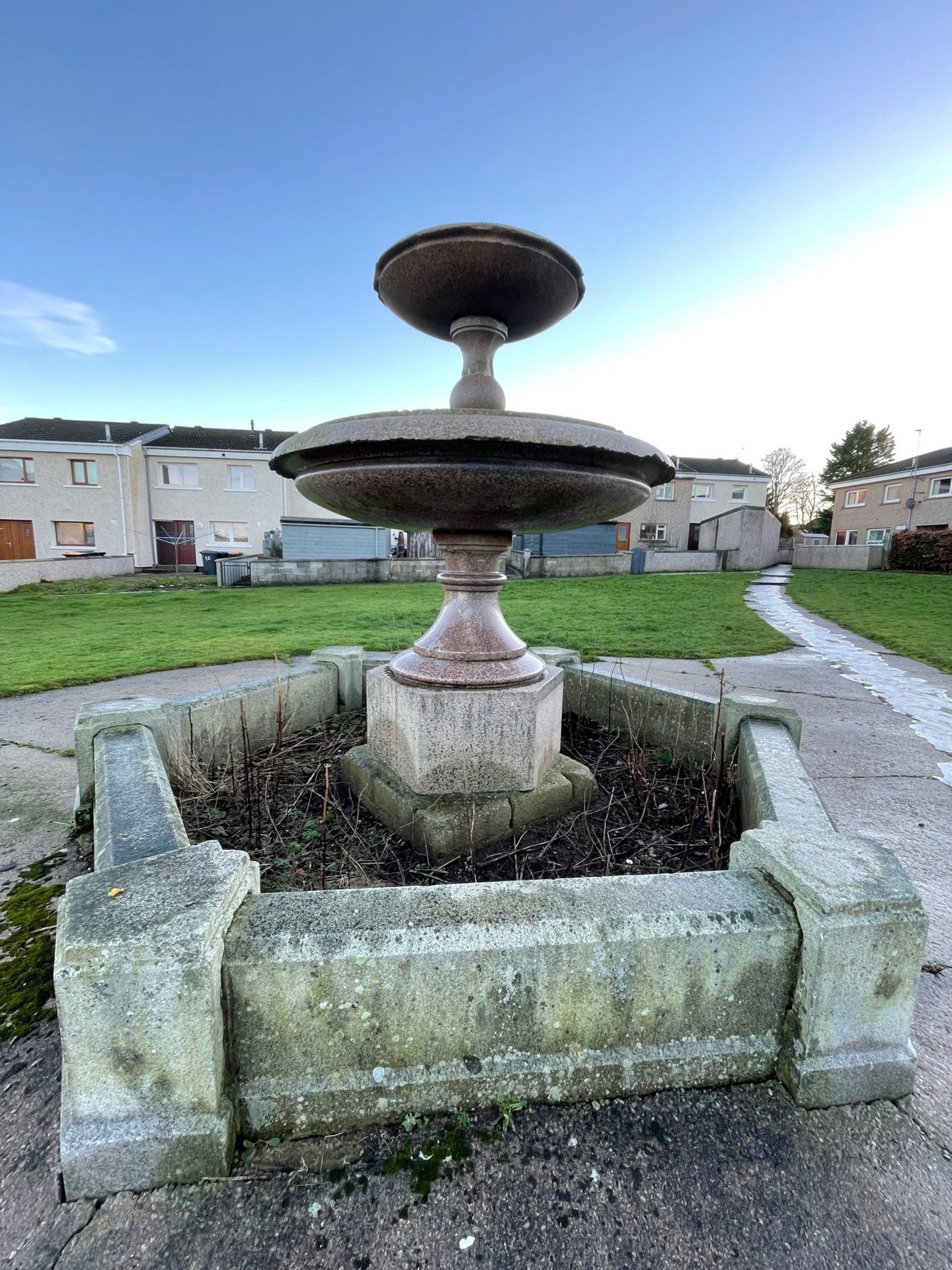
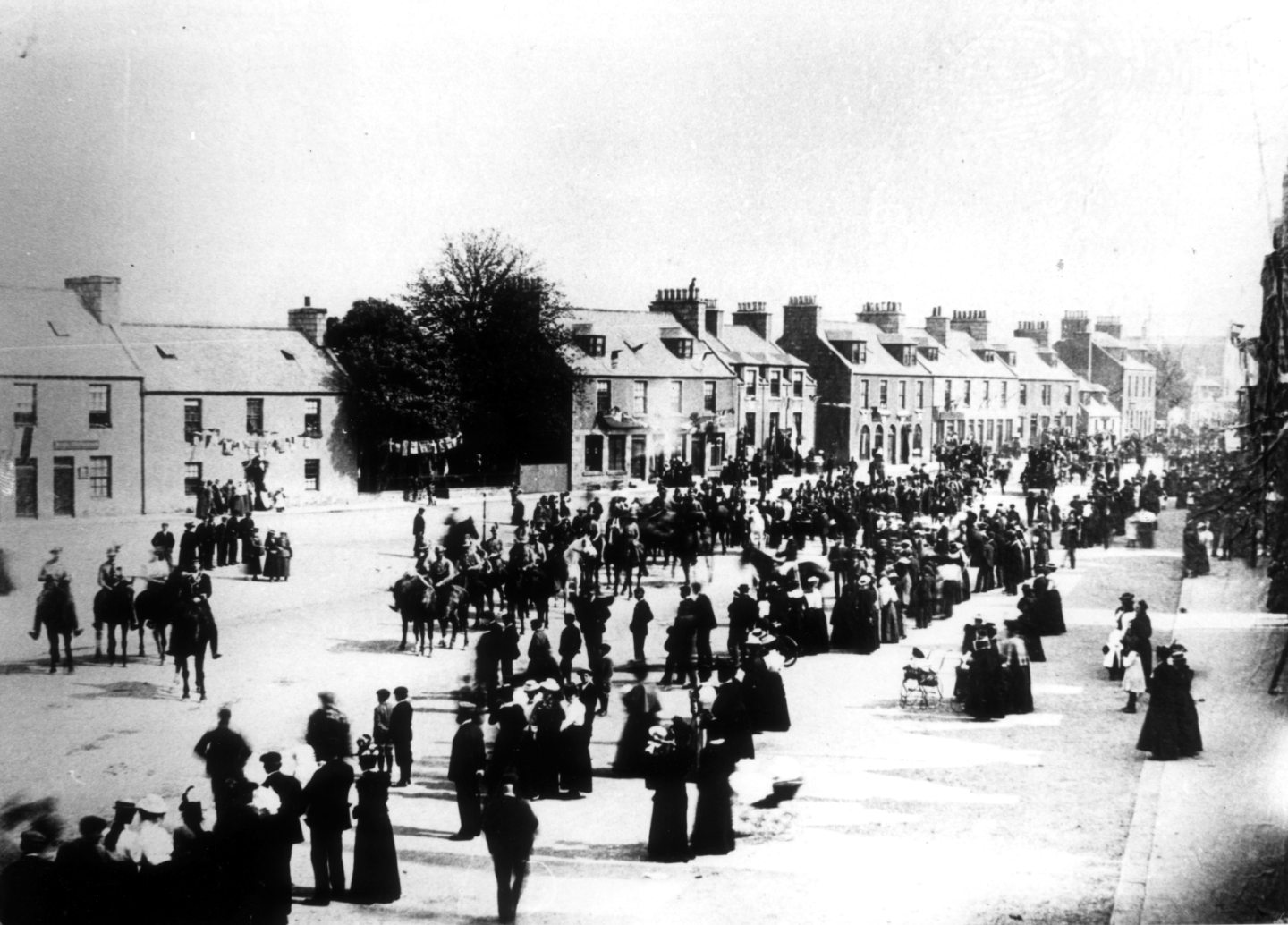
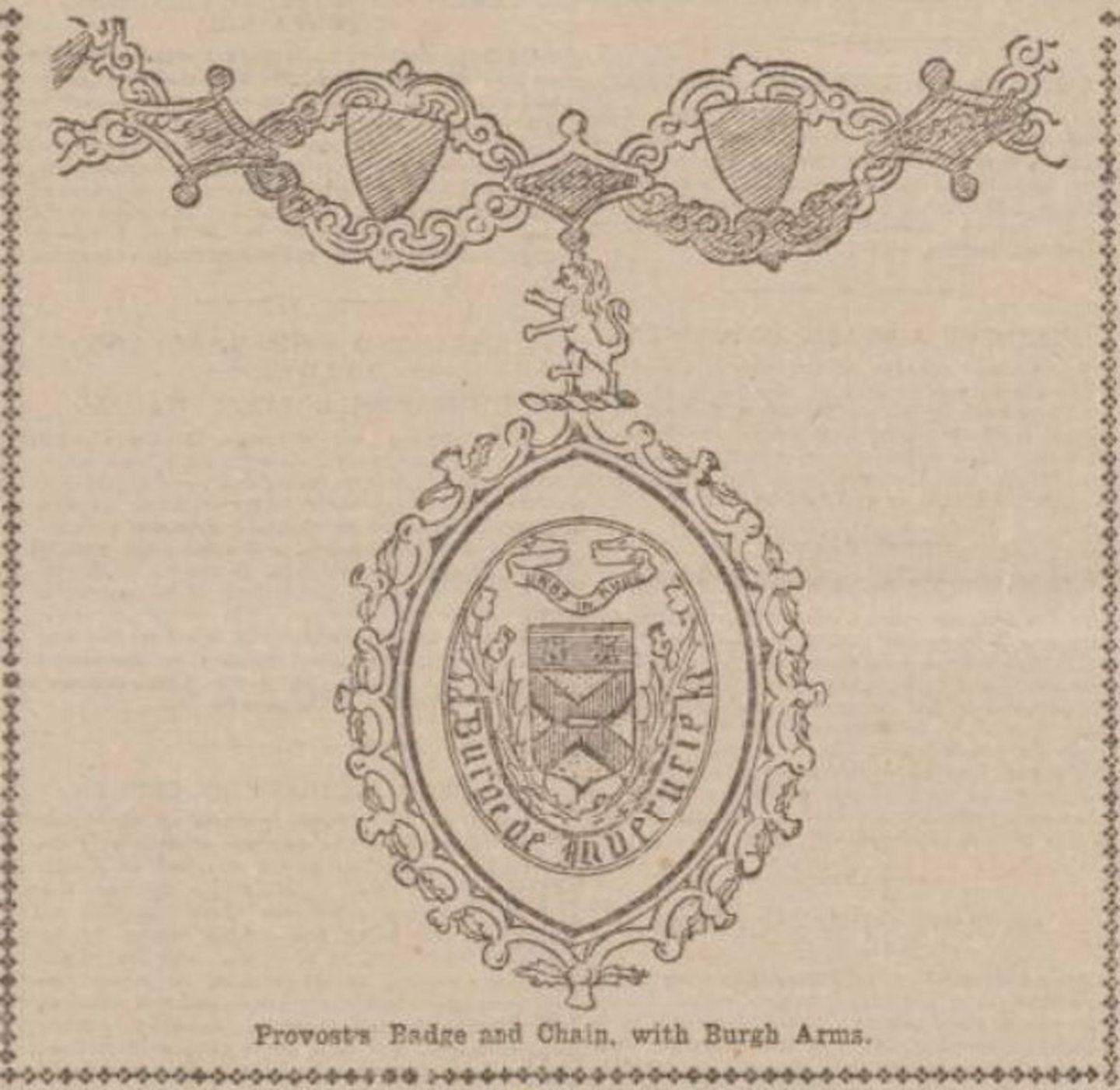
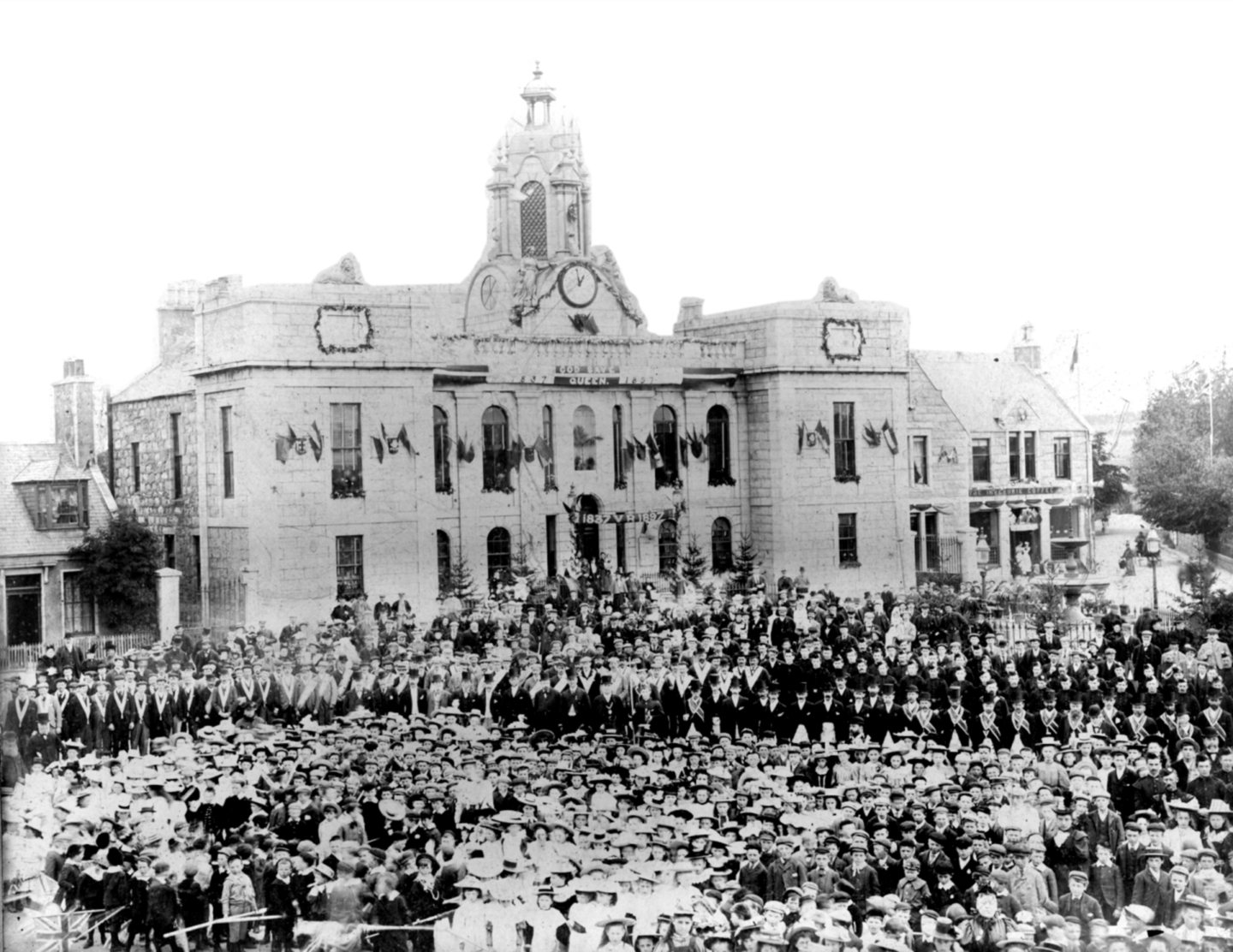
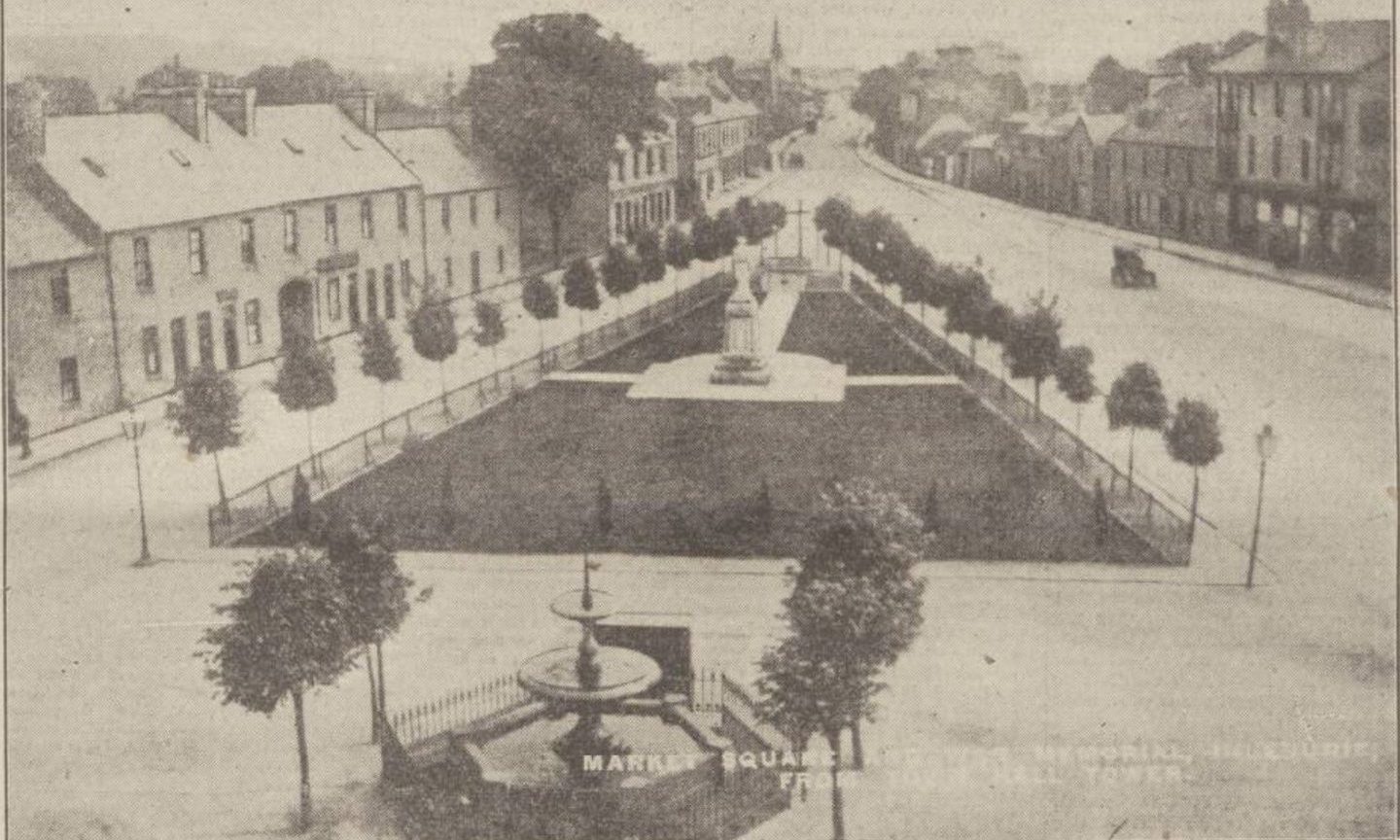
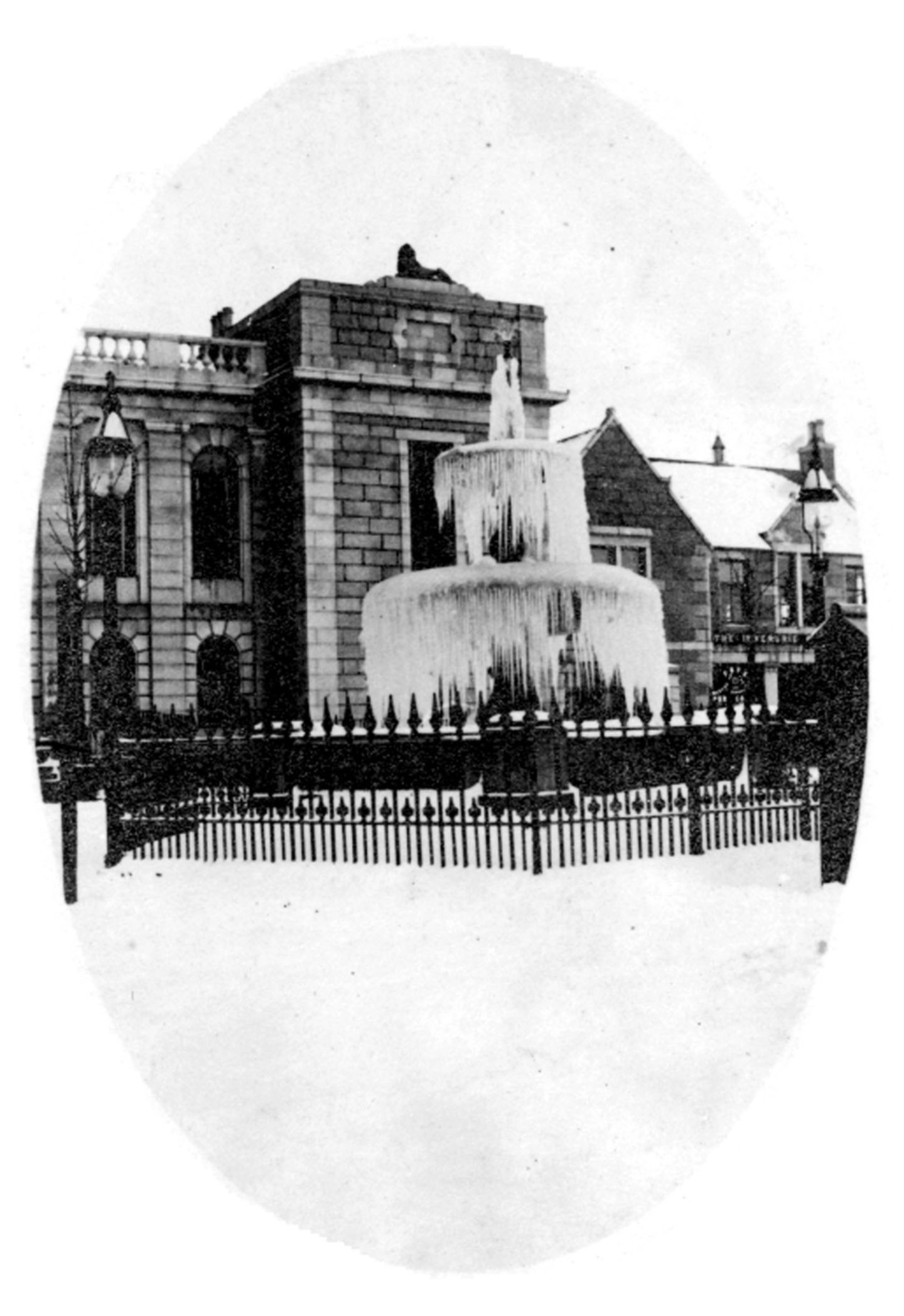
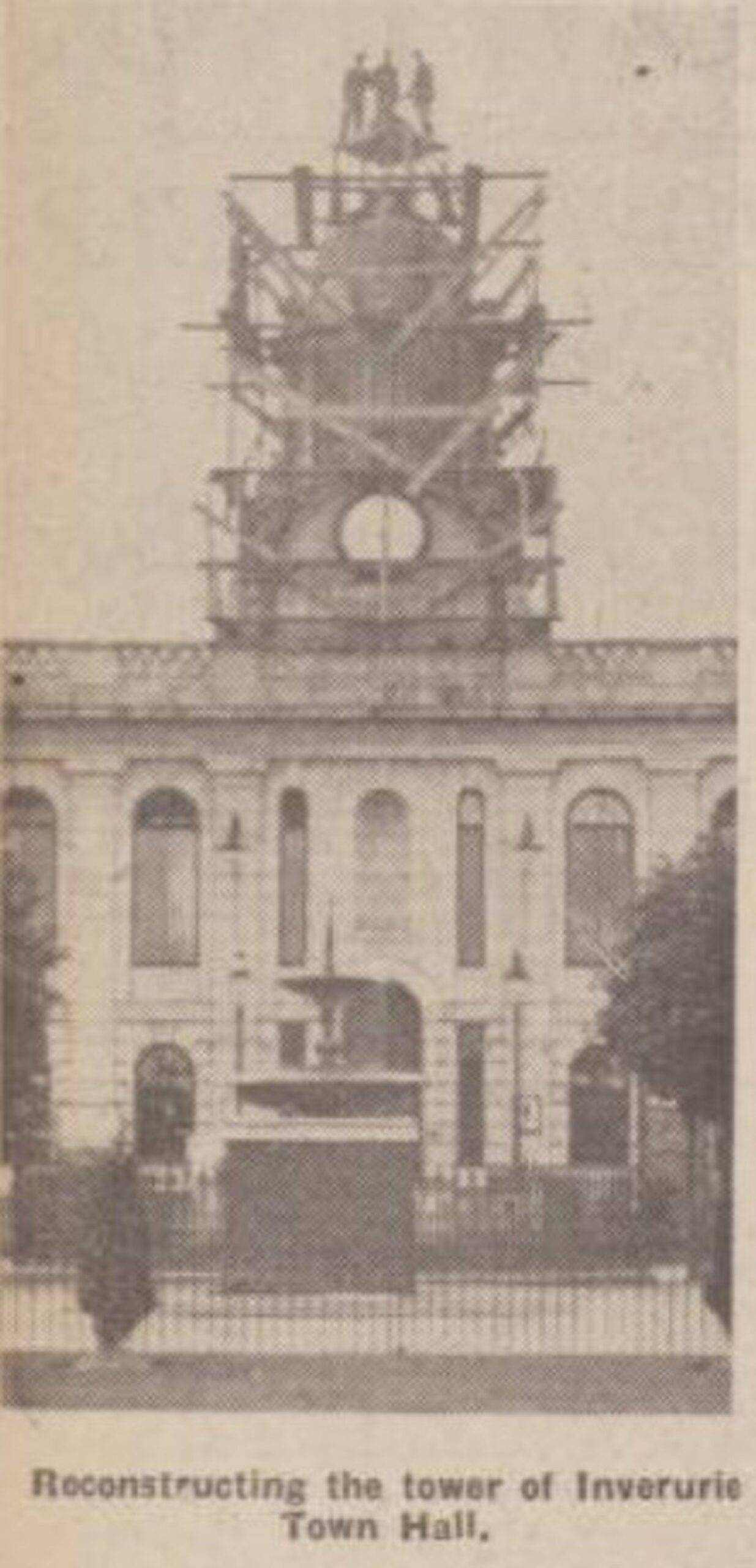
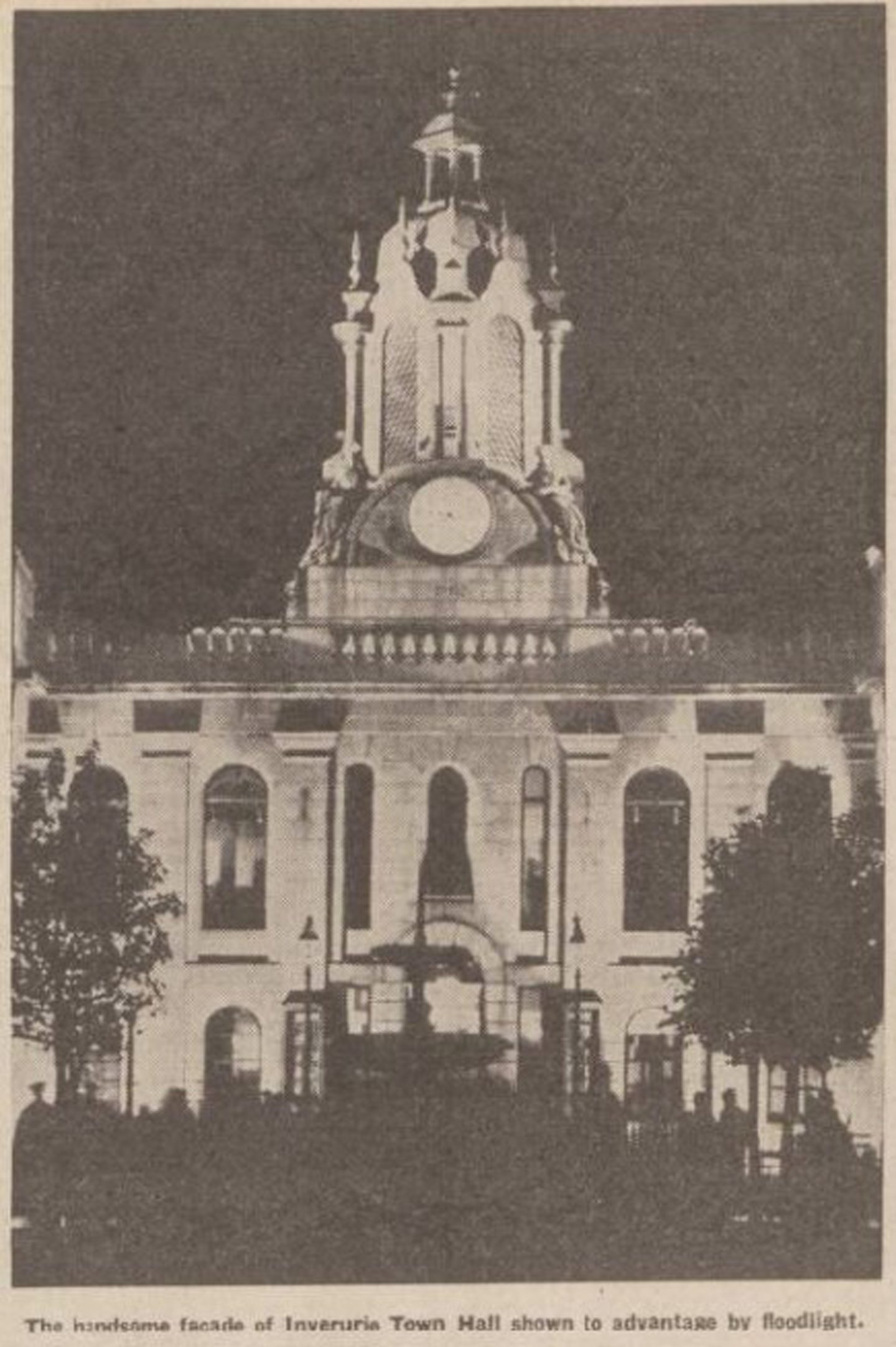
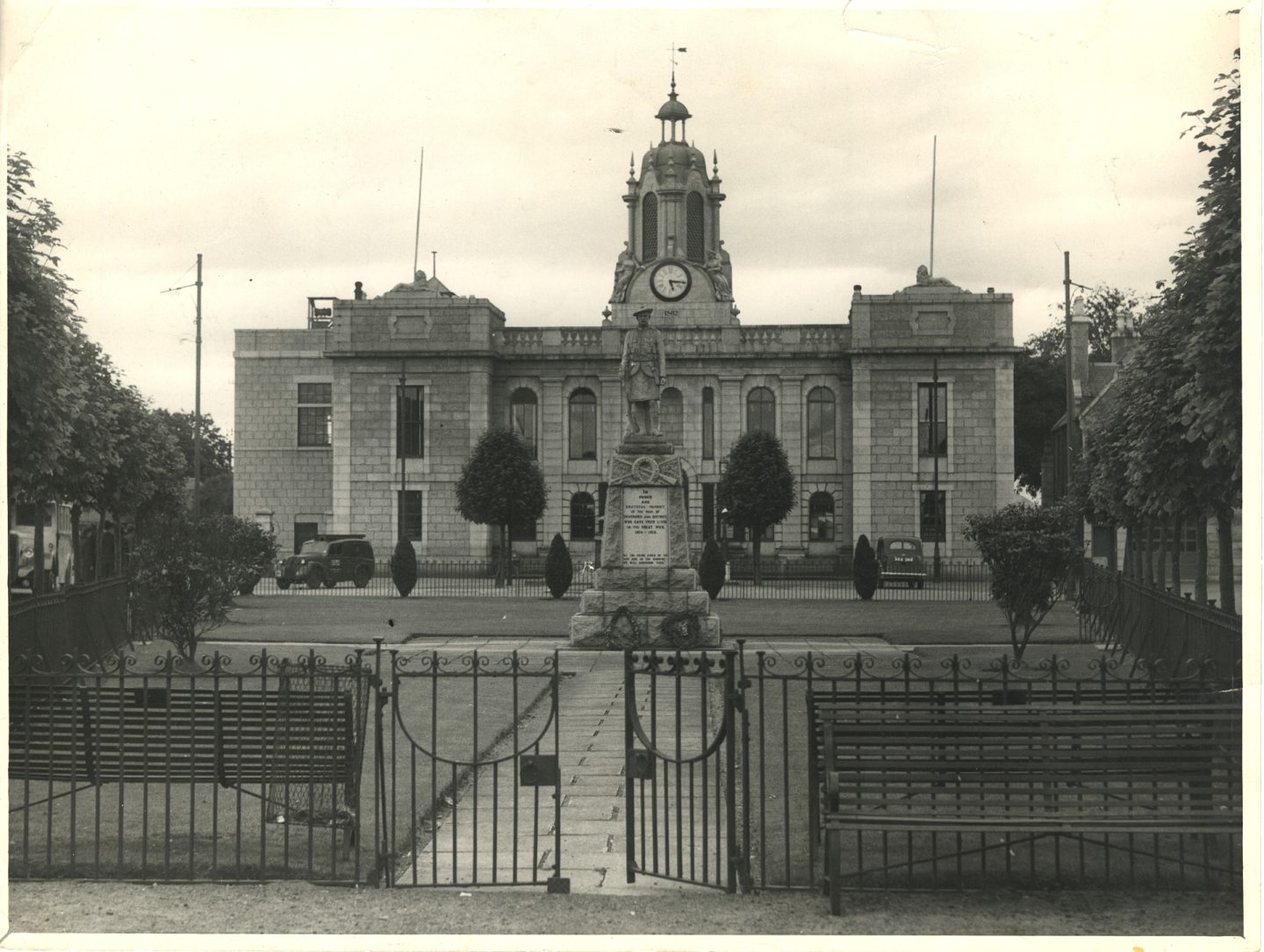
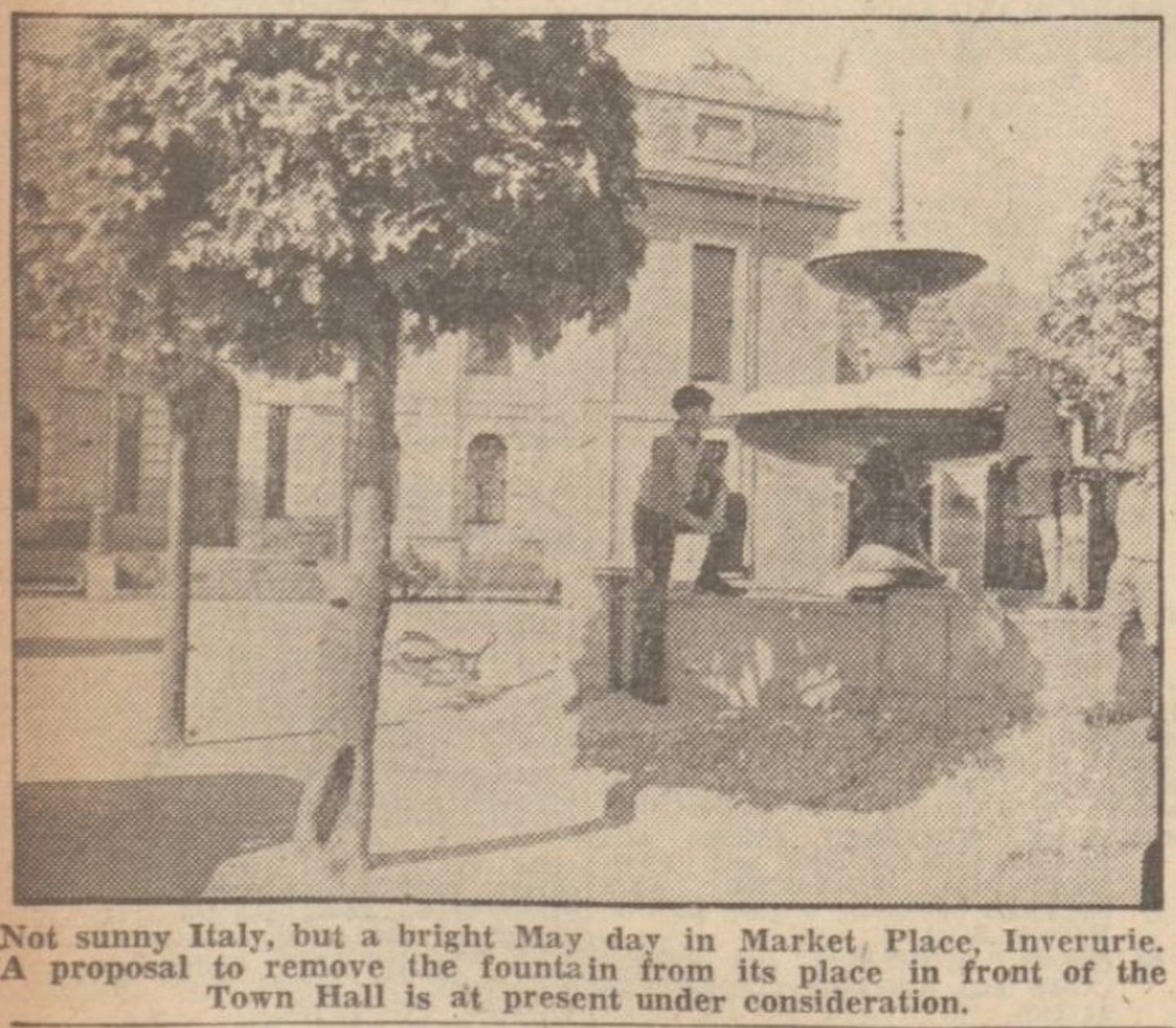
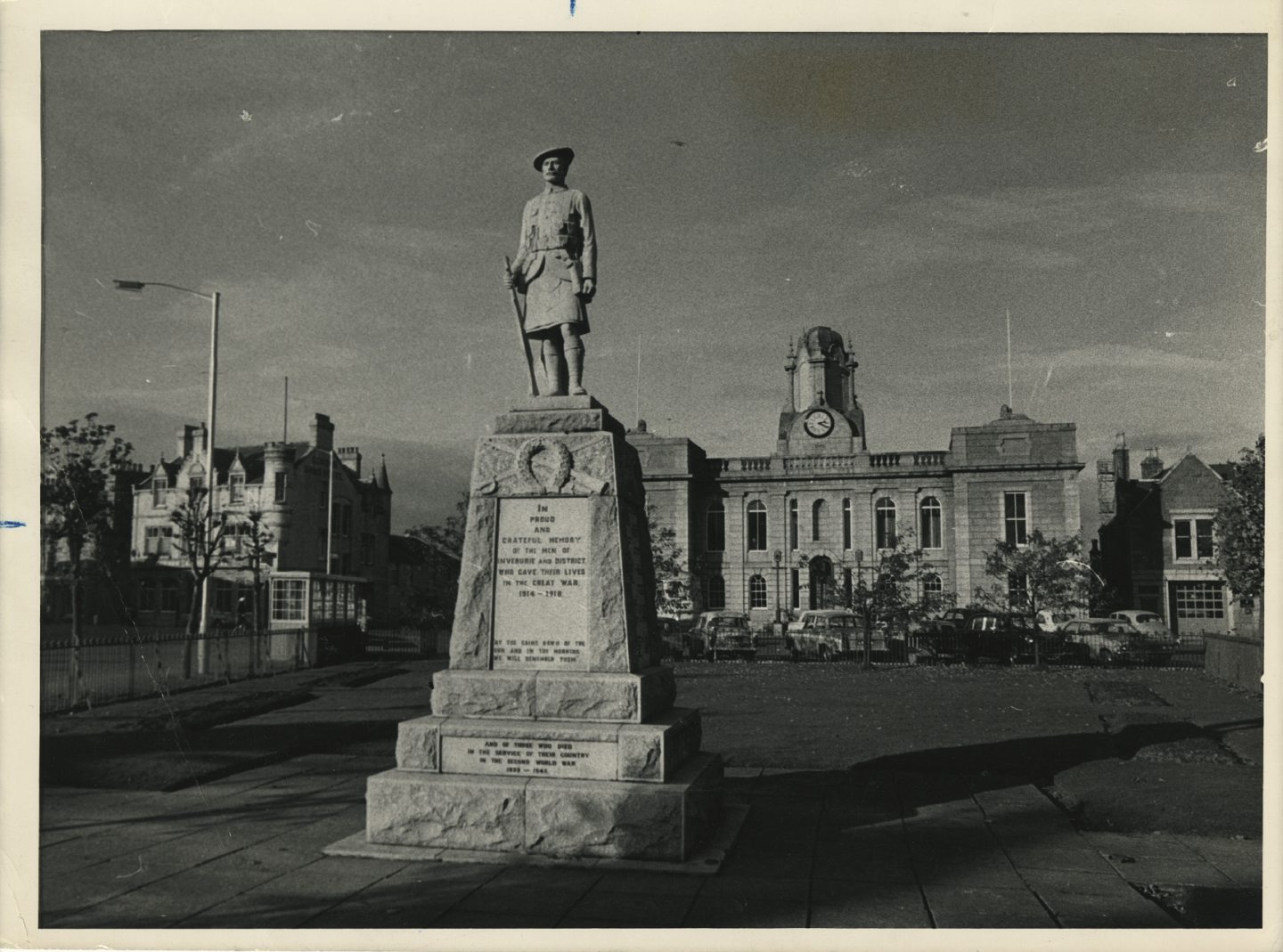
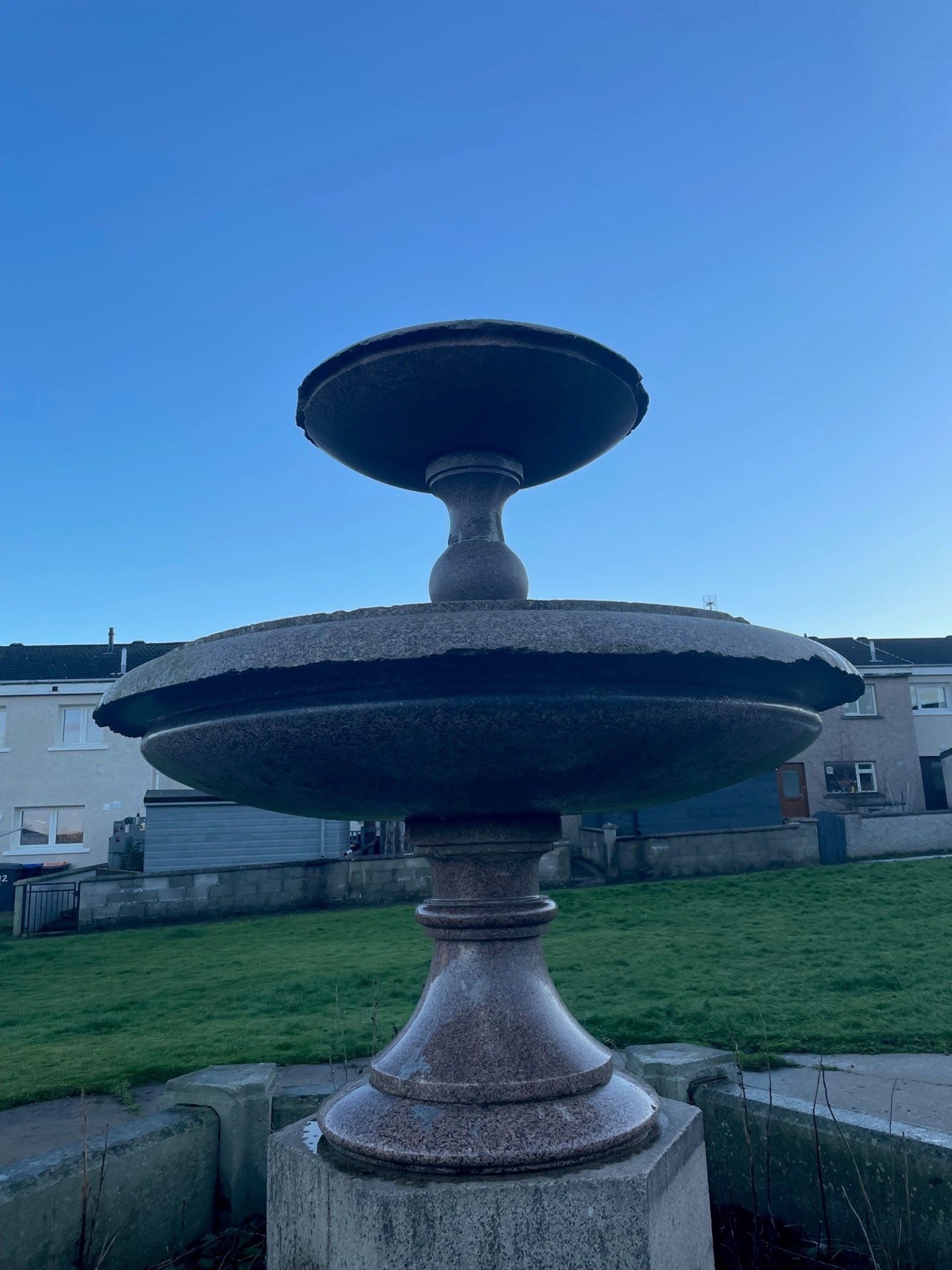
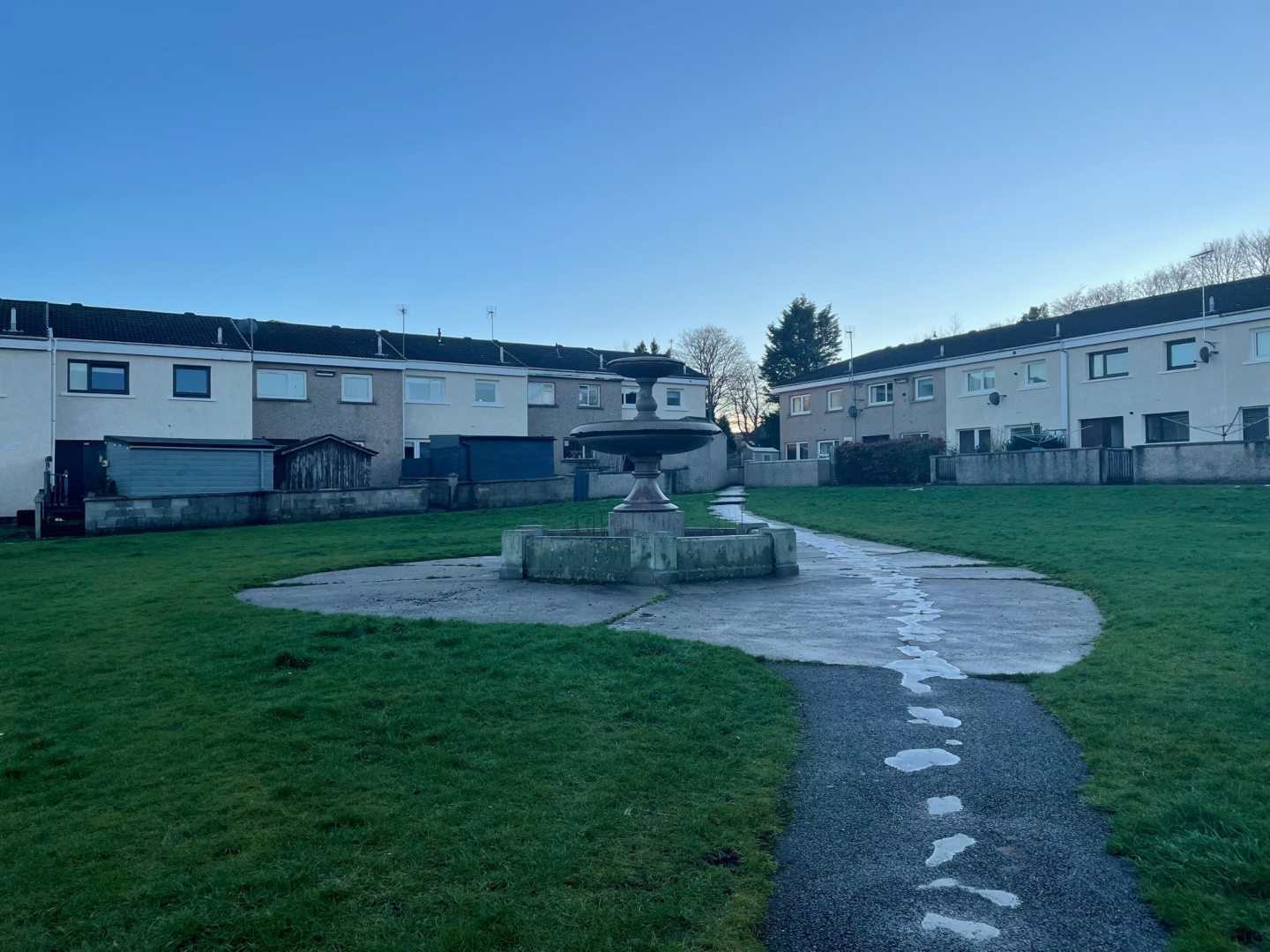
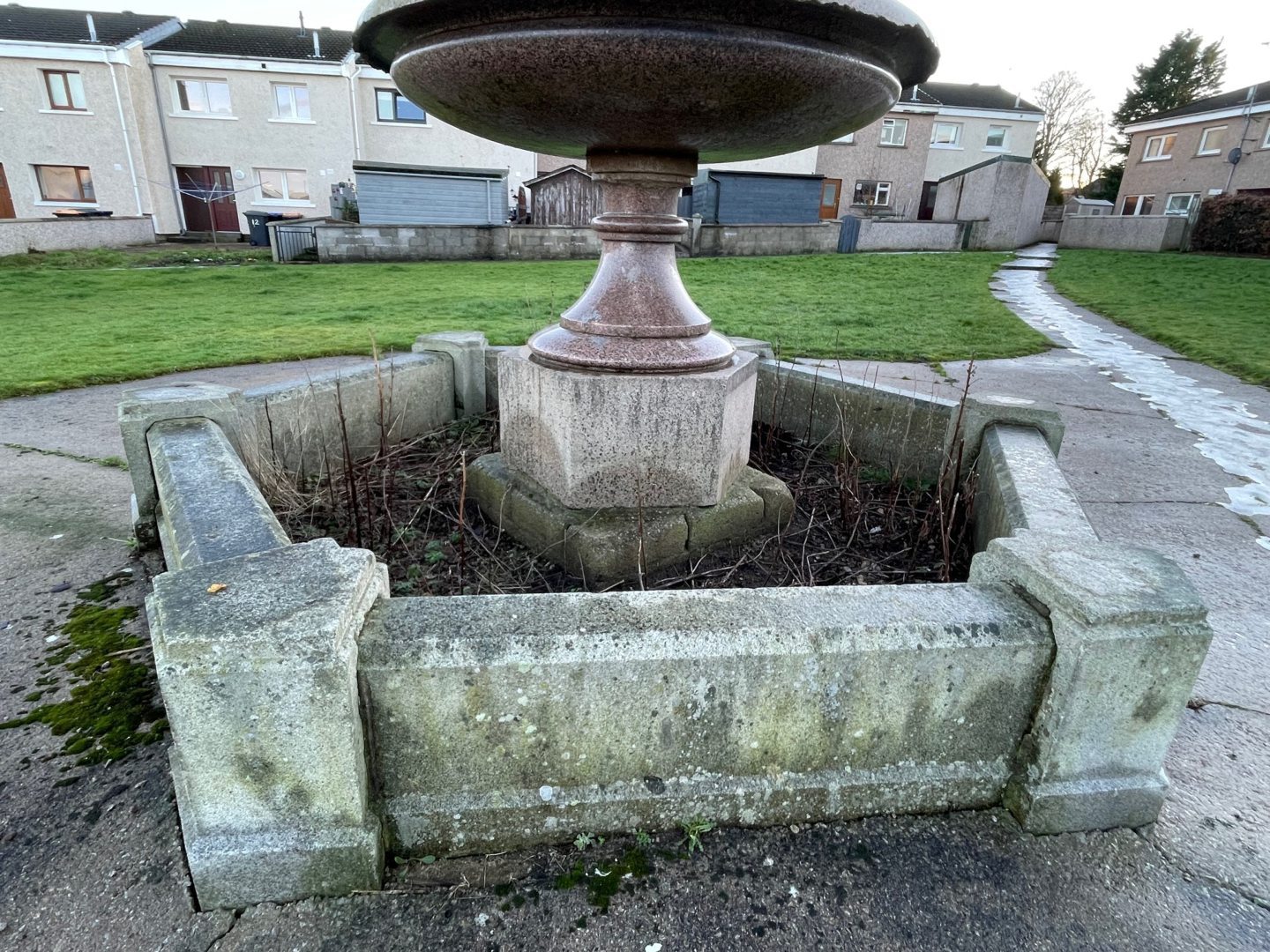
Conversation